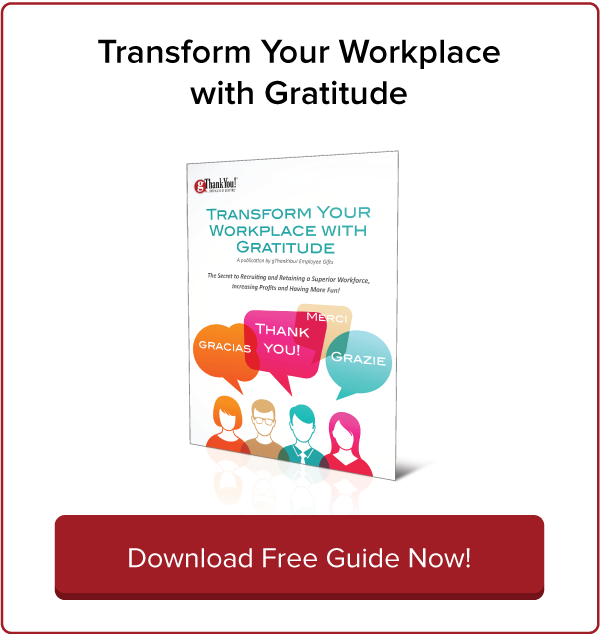Workplace Burnout Has Worsened During Pandemic
NPR’s Life Kit recently addressed the growing problem of workplace burnout. They shared results from a survey supported by Harvard Business Review from the fall of 2020 which indicated that burnout is a global problem (respondents were from 46 countries) that has gotten worse during the pandemic.
Here are some statistics:
- 89% of respondents said work life was getting worse.
- 85% said well-being had declined.
- 56% said demands had increased.
- 62% of those struggling to manage their workloads experienced burnout “often” or “extremely often” in previous three months.
- 57% of employees felt that pandemic had a “large effect on” or “completely dominated” their work.
Six Major Causes of Workplace Burnout
Workplace burnout expert Jennifer Moss, author of The Burnout Epidemic (HBR Press, September 2021) cited the work of researchers Christina Maslach of the University of California, Berkeley, Susan E. Jackson of Rutgers, and Michael Leiter of Deakin University, who identified the six major causes of burnout:
- Unsustainable workload
- Perceived lack of control
- Insufficient rewards for effort
- Lack of a supportive community
- Lack of fairness
- Mismatched values and skills
‘Burnout’ Added to WHO Disease Classification
Moss shared that in 2019 the World Health Organization (WHO) included burnout in its International Classification of Diseases. WHO describes it as “a syndrome conceptualized as resulting from chronic workplace burnout that has not been successfully managed.” Moss says this underscores that “burnout is more than just an employee problem; it’s an organizational problem that requires an organizational solution.”
How Leaders Can Combat Workplace Burnout
Guests on the Life Kit episode described several approaches:
- Acknowledge the problem. Take ownership and acknowledge that burnout can be a problem and that leaders may be feeling it too. By speaking openly and showing compassion, you can build trust.
- Provide transparency. Transparency, especially during these times can go a long ways towards creating a feeling that you will all get through this together.
- Commend employees’ resilience. Employees may be feeling the absence of rewards and kudos so be generous with praise and thanks. (If you aren’t sure how how to convey thanks, our popular and free e-book, Transforming Your Workplace With Gratitude offers guidance.)
- Share frequent appreciation. You don’t need a special day to celebrate your staff (although that is always fun and our Employee Appreciation Calendar can help you plan) – surprise your team with a simple gesture like a handwritten note, a plant on their desk, a gift certificate from gThankYou.
- Encourage and support taking time off. Encourage employees to take a break and use vacation days. Rest is critical to ward off burnout. There is so much focus on productivity during work hours but taking breaks and even just one day of vacation time can re-fuel and refresh.
- Involve employees in ways to make their work-lives better. Ask employees to assess your processes and procedures. Could steps be eliminated, Could things be streamlined? Incentivize thinking outside the box by offering a prize to employees who participate in brainstorming sessions or who submit creative solutions.
- Be present and be aware. Look at your workplace culture with fresh eyes. If you were a new employee would you finish your first day on the job thinking that staff seems happy, challenged, well-equipped to do their jobs, respected and appreciated? Or might you think that everyone seems fried, frazzled and overwhelmed?
- Stay vigilant in supporting your team. Remember that burnout (much like the COVID-19 virus) is contagious. You don’t want it to spread in your company. Cynicism is a symptom of burnout and employees can end up distancing themselves from their jobs and shift from doing their best work to barely getting by.
Leadership Traits Matter
A recent article in Inc. described leadership traits that Warren Buffet says are often ignored. These same traits are ones that can help protect a culture from workplace burnout.
Warren Buffett once asked students to think of a classmate that showed potential for long term success (e.g. someone that they would want to get a percentage of that person’s earnings for the rest of their lives). Buffet explained that they were likely to select a person with integrity who exhibited leadership qualities, saying, “That would be the person who is generous, honest, and who gave credit to other people for their own ideas.”
To be someone who is able to get others to carry out their own interests, leaders need to:
- Care about your people more than your results
- Value the whole person including emotional, mental, physical, and even spiritual well-being
- Show empathy can improve engagement
- Gain perspective by listening (to many voice), reflecting and focusing on bringing people together
- Offer support and help to employees by realizing their work may be impacted by added stress due to the pandemic.
What if you feel burned out yourself?
Workplace and HR leaders aren’t immune to burnout. Incorporate some of the strategies outlined on Life Kit and model self-care.
- Establish routines. Remote work still your reality? Get back to some routines that you had in the office – wake up at same time, take a shower and get dressed (your brain thinks you might be depressed if you skip showers and wear sweatpants every day). Do a fake commute (take a quick walk before and after work).
- Consider what you can control. Lack of control at work adds to workplace burnout so exert control when possible. Think of the serenity prayer and how that might play out in the workplace. What can you accept? What can you control?
- Check in with yourself during the day. What is your mood? What is contributing to changes in your mood? How can you restructure your schedule or work day to minimize the negative and maximize the positive?
- Recall what brings you joy and incorporate that into your day. Stretch, meditate, take a few minutes to listen to a favorite song, work on a puzzle or confide in a co-worker or friend. Go outside and enjoy the fresh air. Help others. Take a long walk.
- Ask for help. If you recognize the signs of workplace burnout, consider reaching out to a mental health professional or a “workplace burnout coach” (yes, that’s a real thing) who can help. There is no shame or blame in your burnout and in addition to taking care of you, you’re modeling self-care for staff.
Whether workplace burnout is shown in your location or not, train and incentivize managers to express traits that help keep your team resilient. And, be sure to put your oxygen mask on first too.
Looking for ways to engage, appreciate and celebrate your team? Download our Free Calendar full of inspiration and examples.











